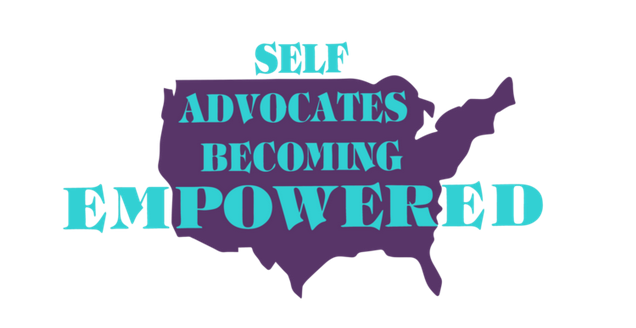Having a home-based caregiver has given Boulder resident Jennifer Ochs her independence.
Ochs is disabled and lives alone, so an aid comes in five days a week to do things she can’t do by herself, like cleaning her feeding bottles, doing her laundry and making her bed.
“Without them, I would be lost,” Ochs said. “I would be back in the nursing home, which I don’t want to ever do again.”
A member of a group of advocates with disabilities, called Self Advocates Becoming Empowered, or SABE, Ochs has been working to help more people with disabilities move out of nursing homes into independent living like her.
According to the Kaiser Family Foundation, nearly three million people nationwide receive home and community-based services through Medicaid waivers, which expands the types of settings where people can receive long-term care. As part of this program, direct support professionals often work with people who have intellectual or developmental disabilities to help them live independently.
But Ochs’ work has hit a barrier due to an ongoing worker shortage, creating what she describes as a crisis for the disability community.
“It’s an issue for people already in the community and stopping people who could join our community,” Ochs said. “I just don’t think able-bodied people realize how important these jobs are and why we need to invest in them.”
While estimates vary, Ailsa Wonnacott, executive director for the Association for Community Living, or ACL, said there are probably around 9,000 people in Boulder County with an intellectual or developmental disability, but only about 3,000-4,000 use services.
Robert Enderson, a Longmont resident who has an intellectual disability and serves on the board for ACL and as president of SABE in Boulder and Broomfield counties, explained that this assistance makes day to day life navigable.
“Everything’s a bit more challenging for us to do and for us to learn,” he said. “… I’m not very good at some things; some things I’m good at. Lot of times (I) tried to find ways to get the answer or have something done. Sometimes I have to ask for help.”
The most recent analysis by National Core Indicators found that Colorado saw a 45.5% turnover rate for direct support professionals in 2020, with 10.9% of those full time positions vacant on average.
Ochs’ provider, Meg Summerside, will be one of those turnovers this year when she leaves in August for medical school. She explained that the transition is both out of a desire to advance her health care career and find a more stable income, something she can’t do as a direct support professional.
She estimated that she had to fill out six different W-2 forms for 2021 because of all the different agencies she worked at on top of picking up extra shifts at a nursing home and waitressing up until recently.
“It’s also important to give these staff people benefits and better pay, and make it viable for them to actually do this,” Ochs said. “I feel like every aid I’ve ever had has had to work several jobs just to survive and that’s ridiculous.”
According to the 2020 report from National Core Indicators, the average hourly wage for direct support professionals in Colorado was $15.60 in 2020. The Colorado Medical Services Board raised the minimum wage for these care workers to $15 an hour this year, but Ochs doesn’t think that’s enough.
A single adult living by themselves needs to make at least $21.38 an hour to achieve a living wage with a 40 hour workweek in Boulder County, according to the MIT Living Wage Calculator.
“They need to do better pay and better benefits for people in caregiving, CNAs and stuff, so they’re able to keep them, plus so they keep enjoying the work they do,” Enderson said. “... With the costs of living going up each year and stuff it makes it kind of tough on the health care professionals.”
Along with low wages, many direct support professionals do not receive health benefits or opportunities for career growth while dealing with the burnout associated with such emotionally-intensive jobs.
“It needs to be seen as a viable career and not just gig work,” Summerside said. “Because it really can be a viable career, but there’s these aspects that are lacking that people move on for something else.”
Wonnacott added that a number of agencies providing these services were dismantled at the beginning of the pandemic. Those can’t be rebuilt now because of the need for higher wages, and the Medicaid system isn’t conducive to that reality, she explained.
“You might have a plan that’s got all of these services in, but the reimbursement rate isn’t enough for any agency to build a business model around it,” Wonnacott said.
Ochs thinks that creating independence for people with disabilities rather than placing them in a nursing home is not only cheaper to do, but also could help with the labor force shortage plaguing other industries.
“Why does the government throw more money at these places that are terrible when they could fund home health?” Ochs said. “Make it more equal for people to be independent and therefore also contribute to the economy, which we desperately need.”
Summerside and Ochs have worked together for about a year. Along with providing Ochs the help she needs to live independently, the two have also fostered a meaningful friendship — in fact, they had plans to go swimming together following their interview.
“That’s why I love it and why I think other people would, but it’s tough too,” Summerside said. “It’s a tough trade off when not being able to pay your bills or grow in your career.”



